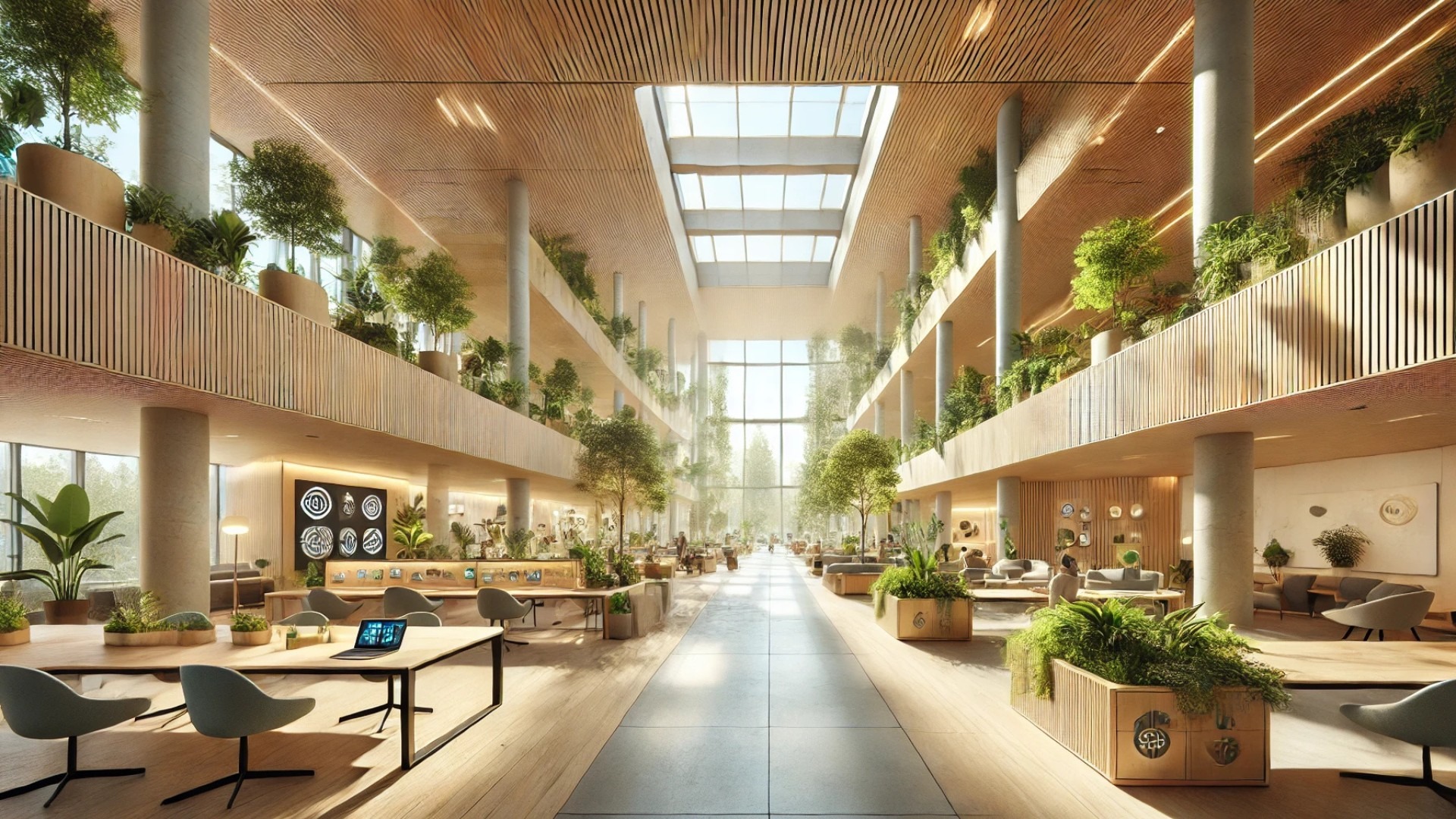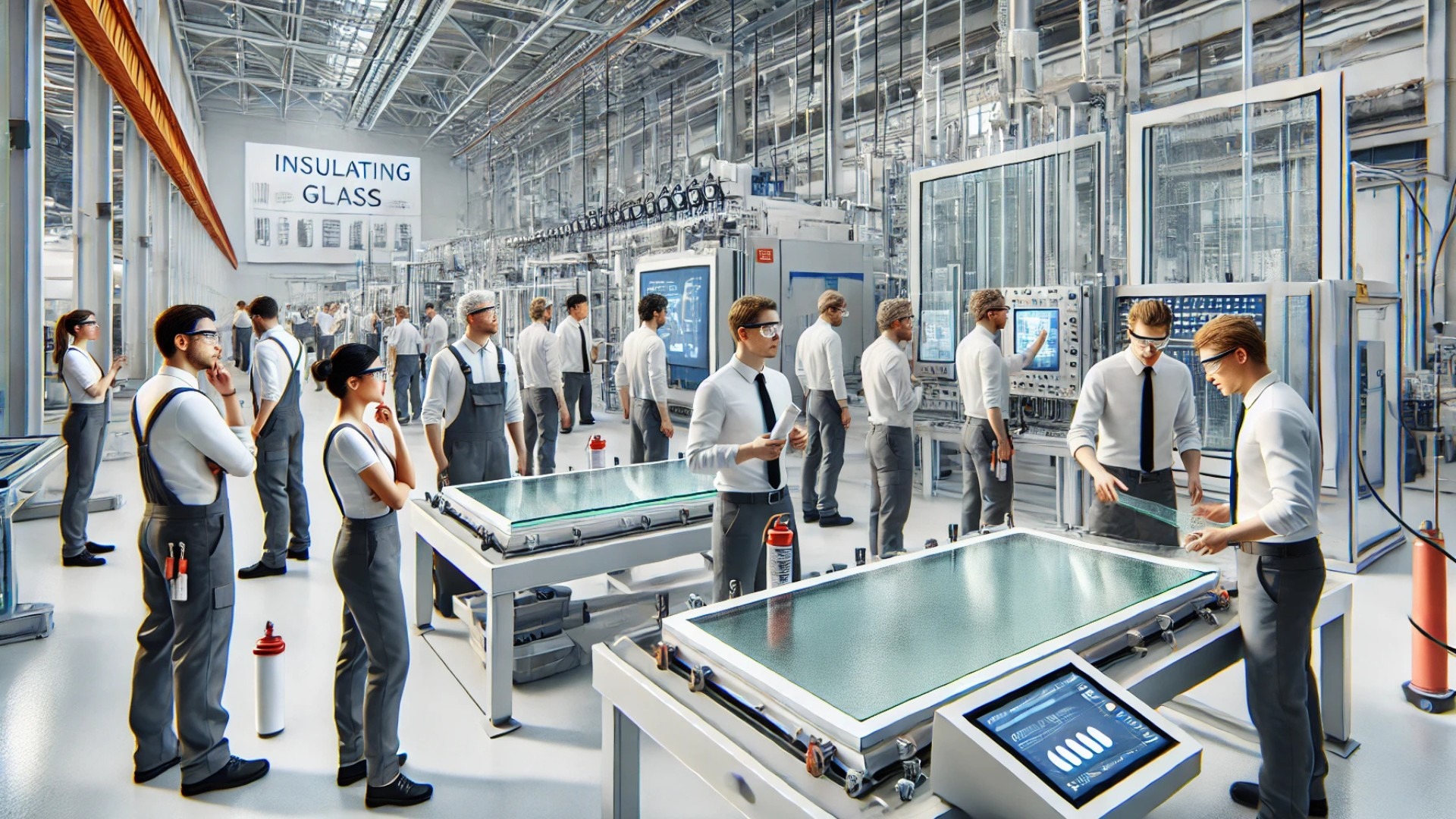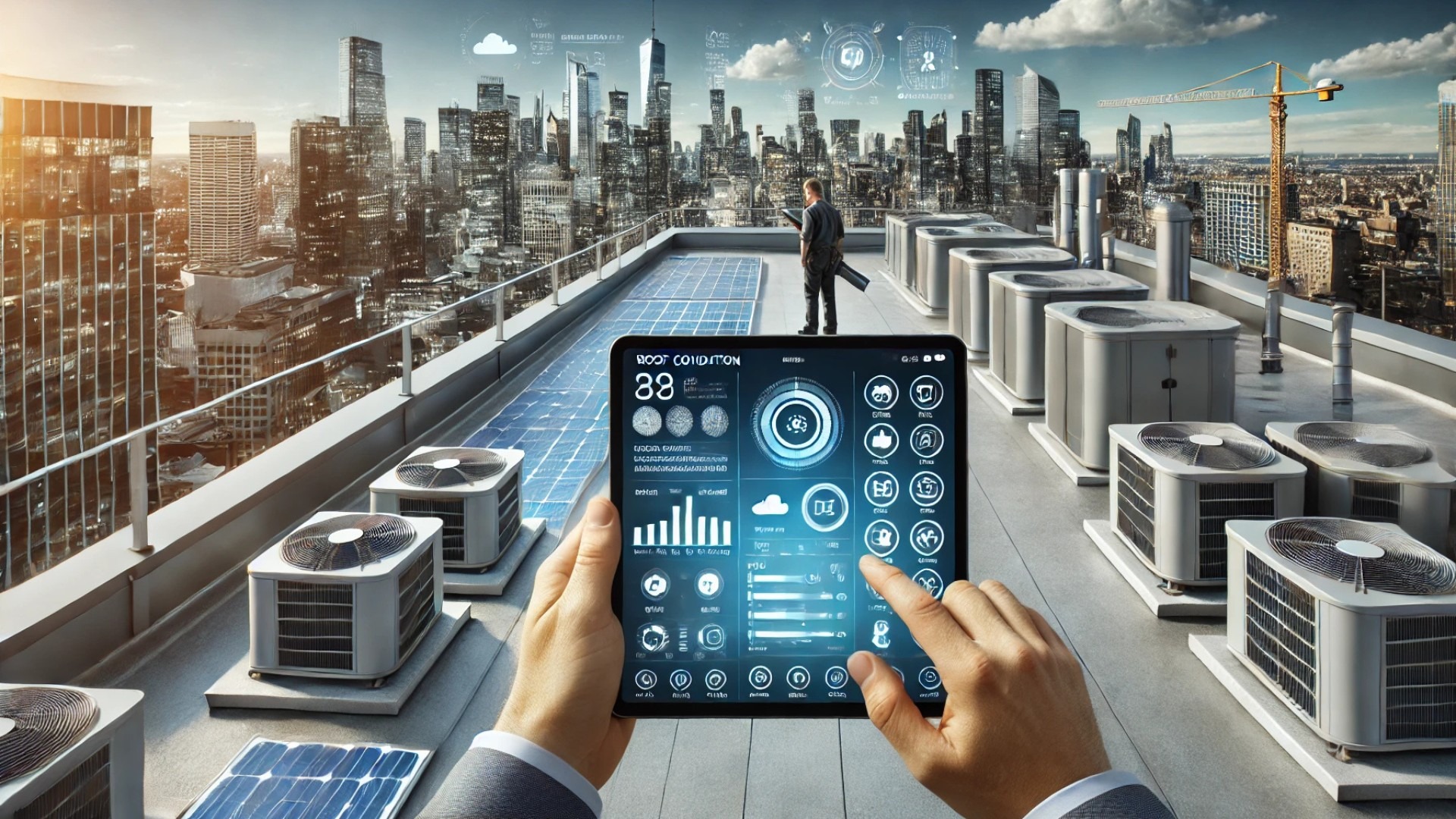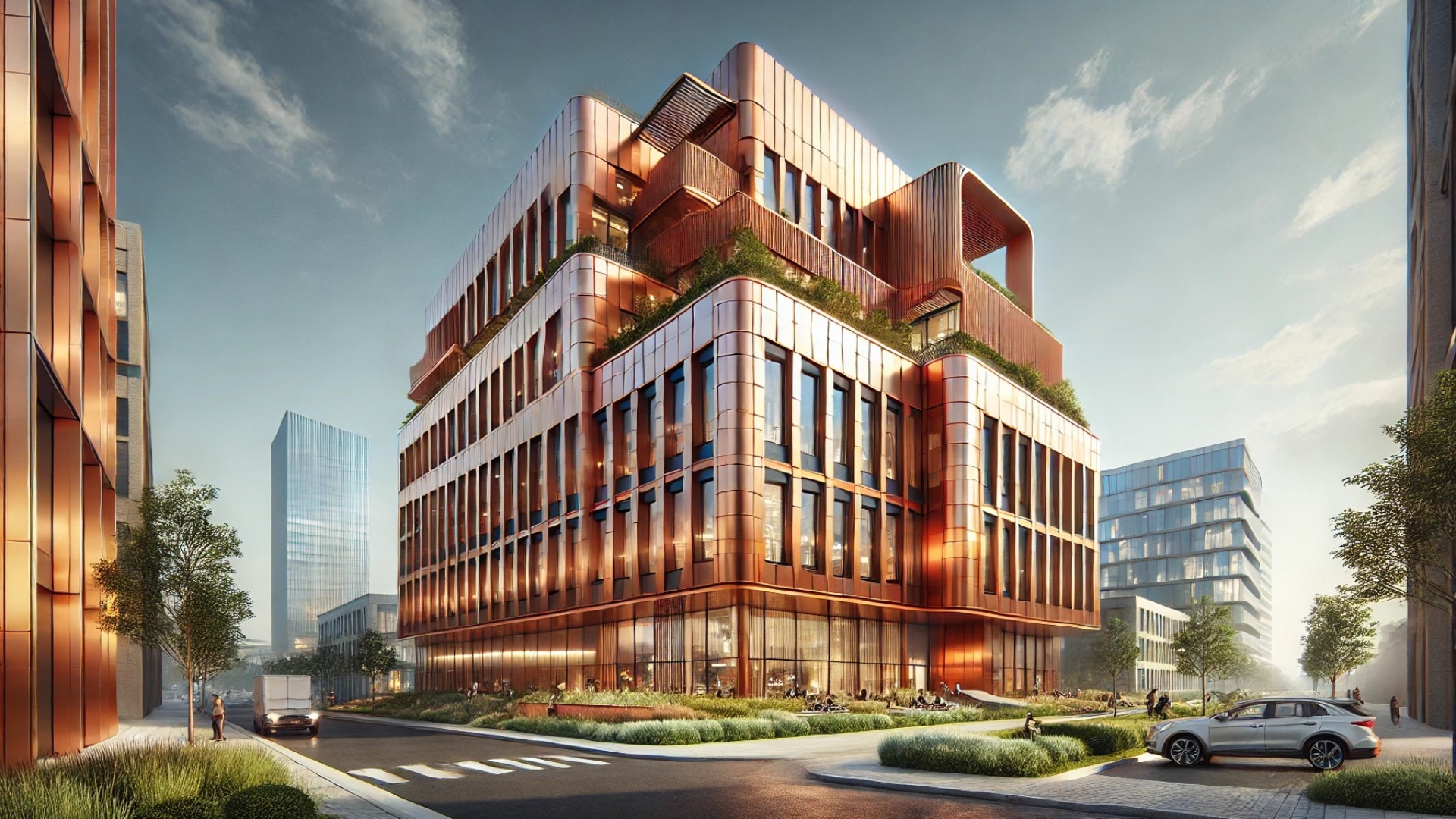
Understanding the Importance of Resilient Construction
The increasing frequency and intensity of natural disasters underscore the urgent need for resilient, sustainable buildings. With climate change posing a significant threat to both urban and rural environments, the architecture and construction industries are compelled to rethink their strategies. Resilient buildings not only withstand environmental challenges but also adapt to varying conditions, reducing long-term costs and improving occupant safety.
The Role of Sustainability in Modern Construction
Sustainability is no longer a luxury but a necessity. Buildings that integrate renewable energy sources and employ energy-efficient materials create a smaller carbon footprint. According to industry reports, structures built with sustainable practices can reduce energy consumption by up to 30%. Furthermore, as building codes evolve to prioritize environmental concerns, investing in sustainable infrastructure positions property owners favorably in a shifting market, leveraging indirectly to enhance property value and attractiveness.
Case Studies Highlighting Resilience in Design
Examining real-world examples offers valuable insights into the best practices of resilient building design. The Bullitt Center in Seattle, often dubbed the "greenest commercial building in the world," employs innovative technologies such as solar panels and rainwater collection systems, leading to operational efficiencies. Similarly, the Edge in Amsterdam boasts an energy-neutral status, serving as a benchmark for future constructions. These examples illustrate how thoughtful design translates into quantifiable returns on investment, making a compelling case for resilient construction.
Challenges Facing Sustainable Building Practices
Despite its many benefits, the implementation of resilient designs faces challenges, including higher upfront costs and resistance to change among stakeholders. Many property developers are wary of the initial financial outlay required for sustainable materials and methods. However, this perspective must shift towards recognizing the long-term savings through reduced energy bills and lower maintenance costs associated with durable materials.
Emphasizing the Need for Change
The transition to sustainable buildings is not merely about compliance with new regulations; it reflects a growing awareness of environmental integrity and financial prudence. As consumers become more educated about sustainability, they increasingly demand these features, pushing developers to adapt. The future of building construction rests on this balance of resilience and sustainability, marking a pivotal shift in architectural trends toward responsible design.
In closing, individuals and organizations involved in construction must consider the long-term gains of implementing resilient, sustainable practices in building design. By focusing on these principles, we can enhance not only the longevity and value of our properties but also contribute to a more sustainable future.
 Add Row
Add Row  Add
Add 

 Add Row
Add Row  Add Element
Add Element 




Write A Comment